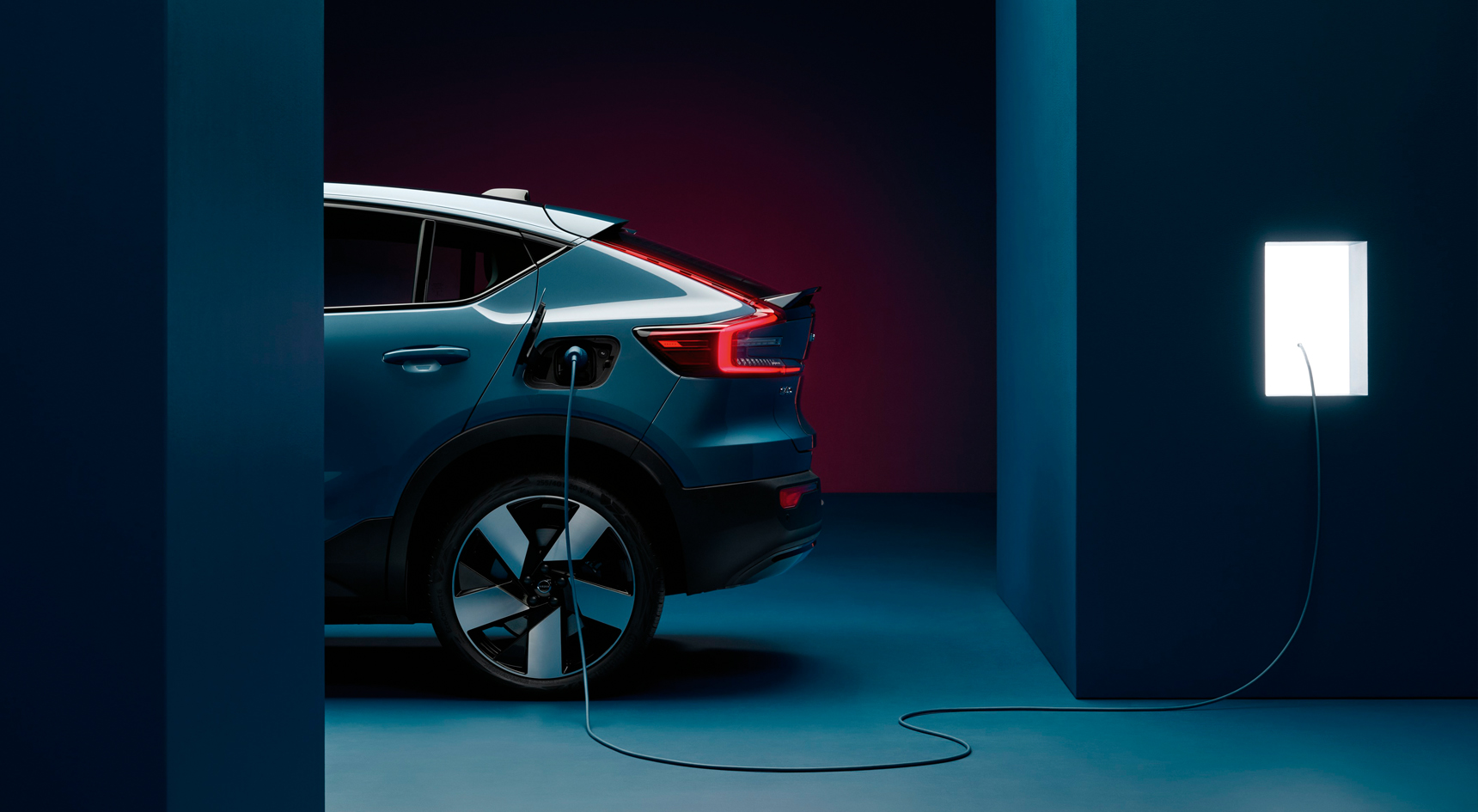Car review: 2022 Volvo C40 Recharge

From this year, all new models from Volvo will be EVs, and by 2026, they want every car they sell in Australia to be an EV.
The Volvo C40 Recharge follows the XC40 Recharge SUV as the second EV in the Swedish car manufacturer’s range, and although it shares a lot of the underpinnings, it’s dearer than its slightly larger SUV sibling.
The main difference between the two C40s on the market is that the cheaper version has a single motor, and the Twin has dual motors. Base-model features include heated front and rear seats and a panoramic roof.
Additional features for the C40 Twin include all-wheel drive and larger 20-inch wheels, a 360-degree camera, and a Harman Kardon sound system with subwoofer.
The C40 Recharge is user-friendly and seamless to operate. Hop in the driver’s seat, pull the transmission shift lever back and you’re away.
No need to push ‘start’ buttons. The glass panoramic roof is fixed and doesn’t have a retractable blind, so living through a South Australian summer will need a bit of cabin heat management.
The C40 Recharge is also connected to the internet with unlimited data, enabling the vehicle to receive software updates over the air.
Volvo is synonymous with safety, and as you would expect, the C40 Recharge achieved a 5-star ANCAP rating.
As is the current trend, the C40 doesn’t come with a spare wheel. Also, there’s no rear wipers on the long sloping glass, so it may make visibility a bit harder during heavy rain or when there’s a layer of dust covering it.

The acceleration of the 300kW/660Nm dual-motor with all-wheel-drive is impressively quick, reaching 100km/h in 4.7 seconds. Its 78kWh lithium-ion battery can also be charged from 10 to 80 per cent capacity in 40 minutes with a 150kW DC fast charger.
The single-motor, front-wheel drive variant has a smaller battery but a longer driving range. The 69kWh unit can go from 10 to 80 per cent charge in about 32 minutes.
Volvo says the single-motor version can travel 434km on a single charge, while the twin will last up to 420km. Realistically, the range for both is slightly less.
The two-wheel drive, single-motor version is the pick of the pair as it has better range, all the power you need, is a more comfortable ride and cheaper overall.
If you want to know more about what it’s like to drive an EV, you can watch this video.
| The specs | |
|---|---|
| Price | From $74,990 |
| ANCAP safety rating | 5 stars |
| Warranty | five-year unlimited kilometres and an eight-year/160,000km battery warranty, plus the first three years’ servicing are included free |
DO YOU NEED CAR ADVICE?
RAA members can call our free Car Advice Service for answers to their car questions.
Or call 8202 4689

